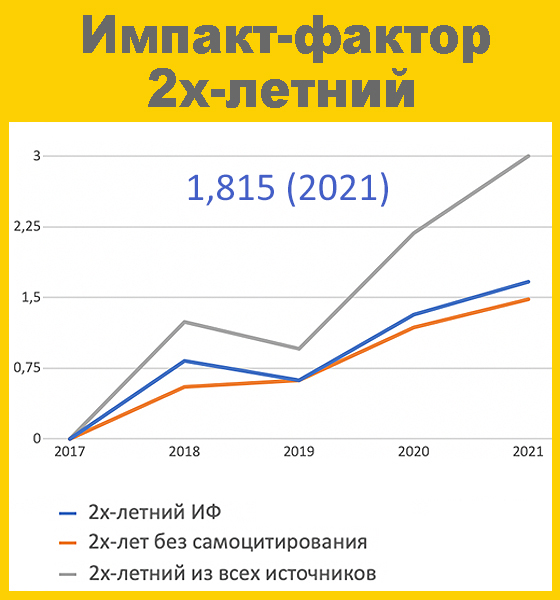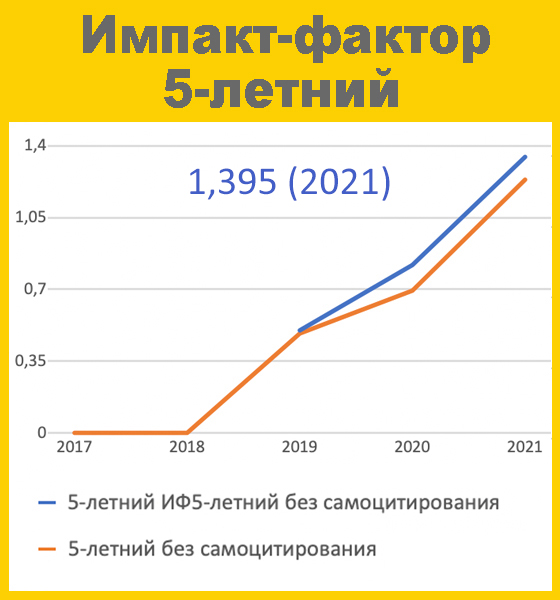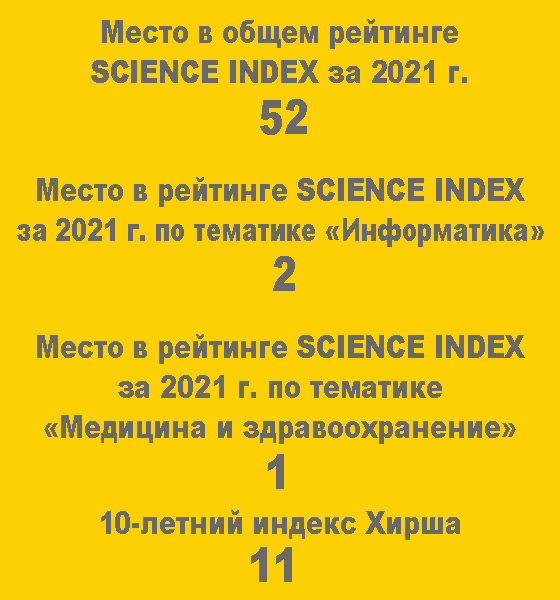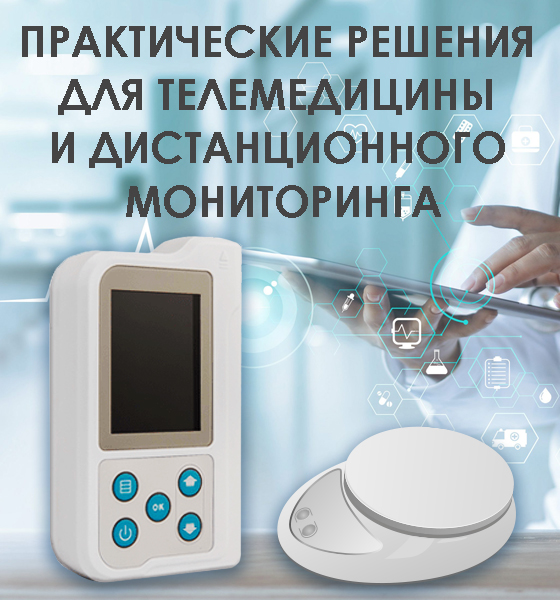Virtual reality (VR) in pediatrics: international and russian experience DOI: https://doi.org/10.29188/2712-9217-2023-9-1-60-71
Shaderkina V.A., Lelyuk A.V., Altunin D.V. Virtual reality (VR) in pediatrics: international and russian experience. Russian Journal of Telemedicine and E-Health 2023;9(1)60-71; https://doi.org/10.29188/2712-9217-2023-9-1-60-71
- Shaderkina V.A. – scientific editor of the urological information portal UroWeb.ru; Moscow, Russia; viktoriashade@uroweb.ru; https://orcid.org/0000-0002-8940-4129
- Lelyuk A.V. – 2-year student, Faculty of Medicine, specialty «Medicine», St. Petersburg State University; Saint-Petersburg, Russia
- Altunin D.V. – urologist, Head of the Medical Department of LLC «Group of companies SM-CLINIC»; Moscow, Russia
 1317
1317 Introduction. Virtual Reality (VR) is an interactive-immersive, computer-generated environment or experience that may be estimated as the evolution of existing communication interfaces towards different levels of immersion. Over the past 15 years, VR and AR technologies have been actively introduced into clinical medicine. Children are the most active users of modern gadgets and the Internet, so their compliance with new technology is considered the highest.
The purpose. To demonstrate the virtual reality (VR) technologies potential in pediatric practice.
Materials and methods. For the review, foreign and domestic publications from 2016 to 2023 were used. An analysis of the VR potential in pediatrics was carried out, its positive effects were identified, as well as unresolved issues both on the part of patients and the scientific and clinical community.
Results. The pediatrics niches that are likely to be occupied by VR in the future are in the field of rehabilitation, habilitation, psychiatry, and palliative medicine. It is possible to use VR technologies to enhance pain relief, reduce anxiety, depression in almost all subspecialties of pediatrics. Due to its non-invasiveness, the possibility of combining with pharmacological methods, a high degree of empathy and compliance on the part of pediatric patients is ensured. It is also important to ensure epidemiological safety, which has become very popular during a pandemic.
Conclusions. The conducted studies and review of scientific publications demonstrate the high potential of VR virtual reality methods in pediatrics. Decreased investment in knowledge-intensive areas, including the use of VR technologies in medicine, may limit their implementation in clinical practice. It is necessary to unite scientific professional communities to conduct randomized clinical trials with the subsequent development of protocols and clinical guidelines for VR in pediatrics.
| Attachment | Size |
|---|---|
| Download | 497.79 KB |


















































